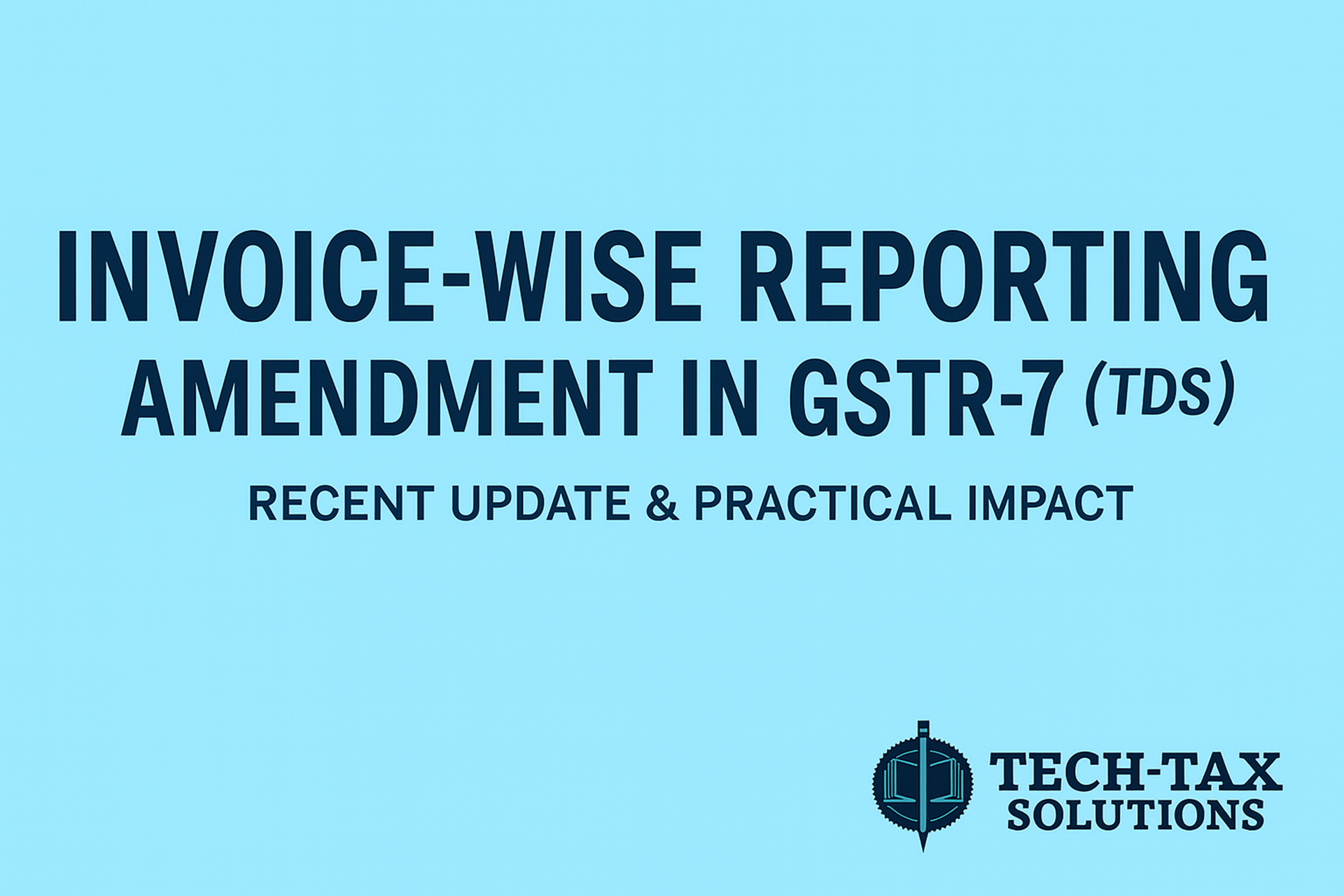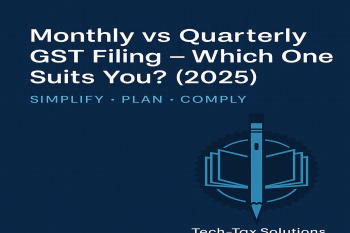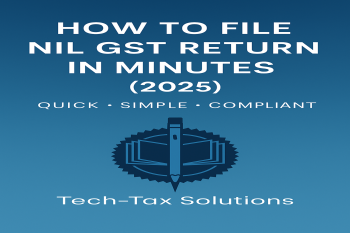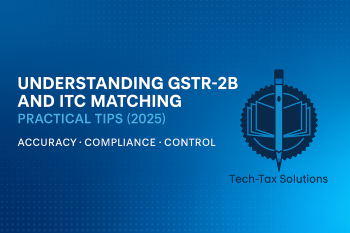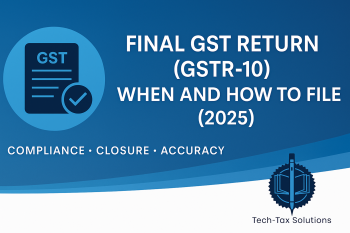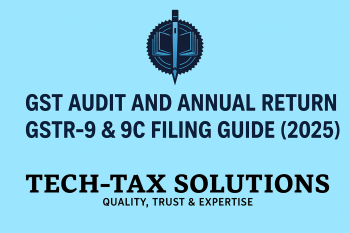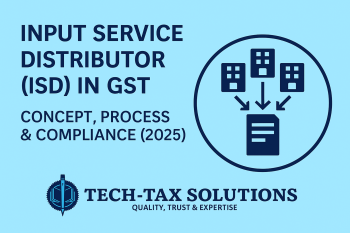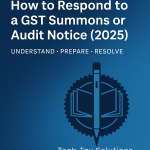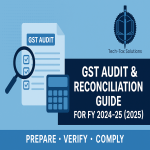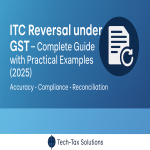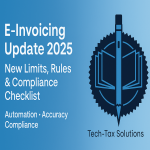🔹 Introduction
The Government, vide Notification No. 09/2025 – Central Tax dated 11.02.2025, has amended Form GSTR-7 to enable invoice-wise reporting of Tax Deducted at Source (TDS) under GST.
➡️ This functionality is now live on the GSTN portal and will apply from the September 2025 tax period onwards.
👉 Accordingly, all TDS deductors must furnish invoice-level details of TDS deducted while filing FORM GSTR-7.
🗓 Due date for September 2025 return filing: 10th October 2025.
This change is a move away from the earlier GSTIN-wise consolidated reporting to a granular, invoice-level reporting system aimed at improving transparency and reconciliation.
🔹 Key Change: From GSTIN-wise Consolidation to Invoice-wise Reporting
|
🔹 Practical Implications
✅ Benefits:
-
Better Reconciliation: Suppliers can easily match invoices with TDS deducted.
-
Increased Transparency: Builds trust between deductor & deductee.
-
Error Reduction: Minimises mismatch notices and disputes.
-
Alignment with Best Practices: Brings GST TDS reporting closer to Direct Tax TDS standards.
⚠️ Challenges:
-
More Compliance Workload: Every invoice must be reported separately.
-
System Readiness: ERP/Accounting software must be updated.
-
Training Requirement: Finance teams need awareness and training.
🔹 Practical Example
Scenario: A Government Department deducts TDS from three invoices of a contractor (same GSTIN) in September 2025.
-
Invoice 1: Taxable Value ₹10,00,000 → GST @18% = ₹1,80,000 → Total = ₹11,80,000
-
Invoice 2: Taxable Value ₹5,00,000 → GST @18% = ₹90,000 → Total = ₹5,90,000
-
Invoice 3: Taxable Value ₹2,00,000 → GST @18% = ₹36,000 → Total = ₹2,36,000
-
TDS Rate: 2% on taxable value
Reporting in GSTR-7:
|
👉 Under the new system, each invoice must be entered separately with invoice number, date, taxable value, GSTIN of supplier, and TDS deducted.
🔹 Practical Tips for Deductors
✔ Upgrade ERP/Accounting Systems to handle invoice-level TDS.
✔ Ensure Proper Invoice Details – GSTIN, invoice number, date, taxable value.
✔ Apply Correct TDS Rate – 2% (1% CGST + 1% SGST or 2% IGST as applicable).
✔ Train Finance Teams on the new process.
✔ Avoid Last-Minute Filing – entry will take more time than earlier consolidated filing.
🔹 Conclusion
The shift from GSTIN-wise to invoice-wise TDS reporting in GSTR-7 is a landmark reform in GST compliance. While it increases compliance workload, it will lead to:
-
✅ More accurate reporting
-
✅ Smooth reconciliation
-
✅ Reduced disputes
-
✅ Greater transparency
📌 Deductors should gear up well before the September 2025 return filing due date (10th October 2025) to ensure seamless compliance.
